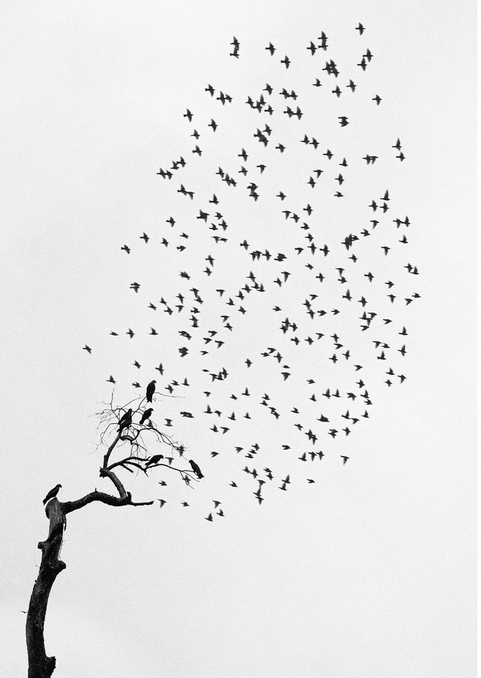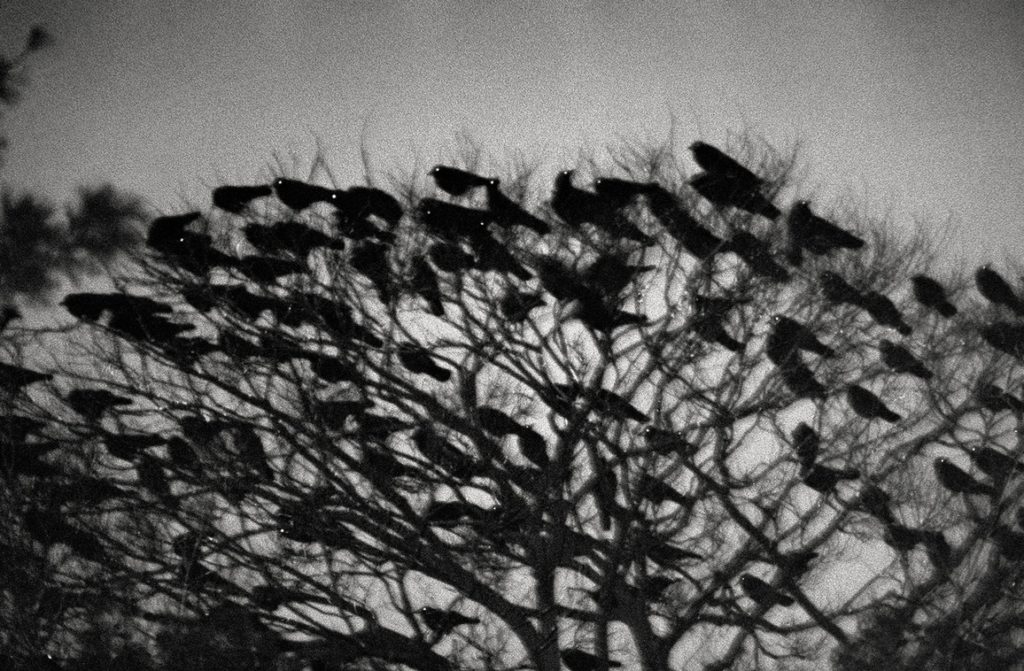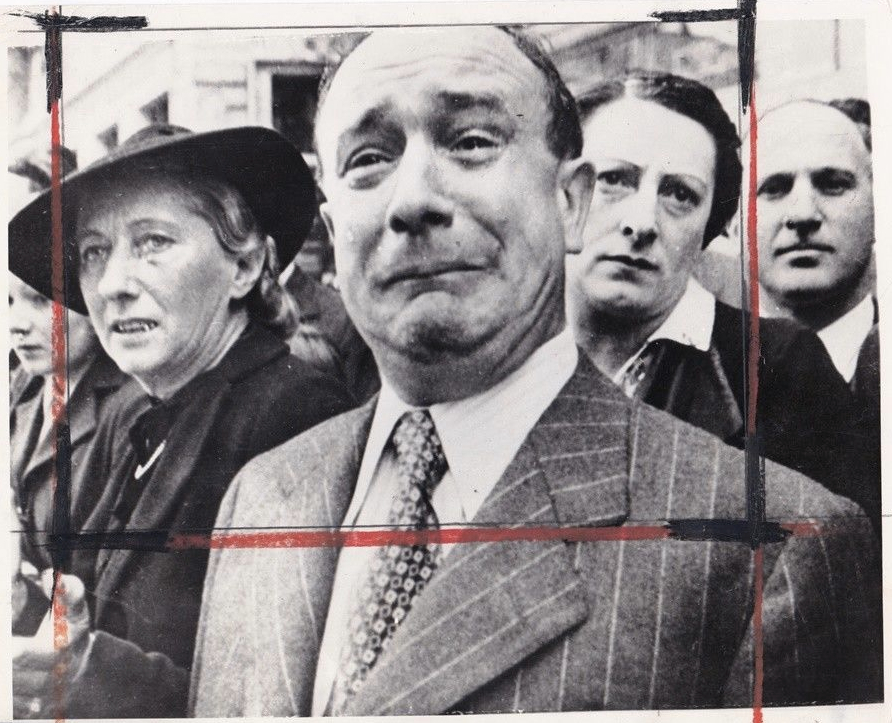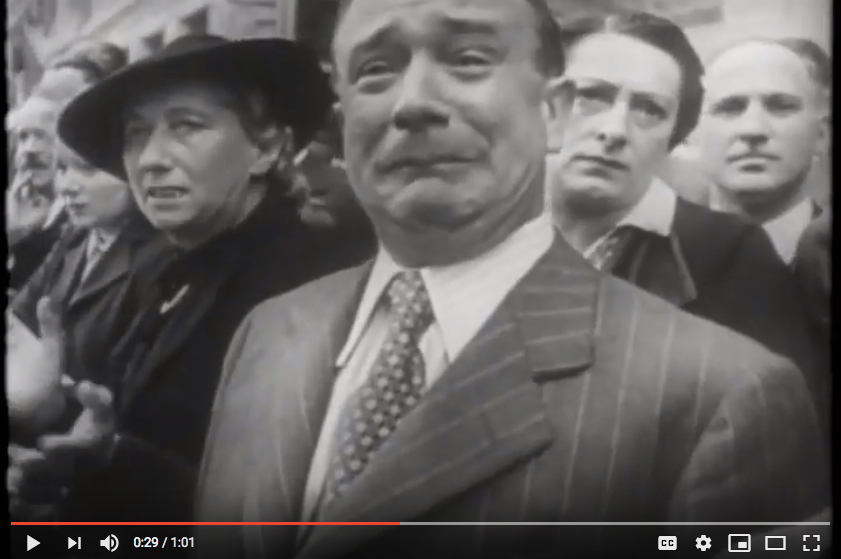You travel the world, and while it is different everywhere you go, certain things seem to remain the same. Take for instance the presence of certain birds. It seems that wherever you go there are pigeons, crows, seagulls – at least where there is water nearby – and of-course the humble house sparrow.
In photography, there are a number of people that have focused on birds, as do I when I see the opportunity. At the moment there seems to be a bit of a wave happening. For instance, there is a French publisher, that has gone to a number of well-, or lesser known photographers and asked them to put together a book of photographs with birds.
The books are small collections of maybe up to 50 photographs, put together and sequenced by the photographer. Different photographers feature birds, others simply have birds as an accessory. All are photographs, where birds take on great importance, either by design, or accidentally, adding a certain instantaneous urgency to the photograph.
The sudden flight of a bird, or something as transient as a bird temporarily sitting on a branch, or on the head of a statue, or flying through the air just so, might make the difference between something wonderful, or something very ordinary.
Cases in point are two photographs, which I judge to be the best of their kind. The first by Pentti Sammallathi, is a purely serendipitous composition, which in a photographer that does great work, time after time after time, is perhaps not a coincidence, but rather extremely observant. Or perhaps just plain lucky.
A tree devoid of leaves and looking like either the dead of winter, or death itself, comes back to life for an instant, when the plumage of leaves may be seen for no more than a fraction of a second, created by a passing flock of birds. The scale of each leaf, or in this case each bird, relative to the tree, lets the viewer contemplate for a brief second the splendor of a tree fully in its glory, at a time when in fact, it is either dead, or dormant. It is perhaps a metaphor for life itself.

The second, and equally as incredible photograph, is a much, much darker master-piece by Masahisa Fukase. A Japanese photographer, I will confess that I did not know well, until I saw a show of his in Amsterdam. He had a strange, photography obsessed life, where at the height of his career, where so many wonderful things could have happened, he fell down the stairs and spent the last 20 plus years of his life in a coma, on life-support, never regaining consciousness. The photograph may or may not say something about a photographic career, or it may say everything. Fukase worked on a project in the unforgiving winter of the north of Japan, where he made photographs, which resulted in a book that has achieved cult status, and fortunately was recently re-issued, called Raven.

This particular photograph is of a tree, where a large number of crows, or ravens have taken shelter for the night. The scene is dark, yet because the photographer used a flash to make the photograph, the eyes of the birds reflect the light and this is captured on the film, as white dots. It is as though the birds are all watching the photographer. There is something incredibly ominous about this photograph. Something very Hitchcock. I am usually not a great fan of flash photography, and never use one myself, but in this case, it works. The result is both scary and magnificent, all at the same time. The Murder of Crows, or the Conspiracy of Ravens.
Birds animate a photograph in ways very little else does. Maybe that is why many photographers like them in their photographs. A simple fly-by can change the mundane to the inspired.
Harbel



